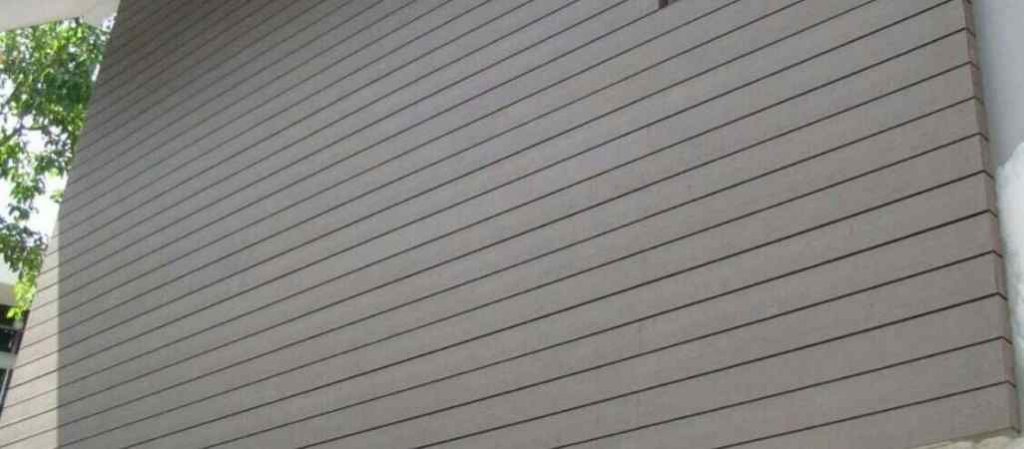The Ultimate Guide to Facade Coating: Enhancing Aesthetics and Protecting Buildings
3 min read
In the world of architecture and construction, facade coating plays a crucial role in enhancing the aesthetics and protecting the longevity of buildings. This comprehensive guide will delve into the intricacies of facade coating, exploring its benefits, types, application techniques, and the latest advancements in the field. Whether you are a professional in the industry or simply curious about this topic, this article will provide you with valuable insights and practical knowledge.
- Understanding Facade Coating:
Facade coating, also known as exterior wall coating, refers to the process of applying a protective layer to the outer surface of a building. It serves as a shield against environmental factors such as UV radiation, moisture, pollutants, and temperature fluctuations. Additionally, facade coating enhances the visual appeal of structures, contributing to their overall architectural design. - Benefits of Facade Coating:
2.1 Protection: Facade coating acts as a barrier, safeguarding buildings from weathering, corrosion, and structural damage. It prevents water infiltration, reduces the risk of cracks, and enhances the durability of the facade.
2.2 Energy Efficiency: Certain types of facade coatings offer insulation properties, reducing heat transfer and improving energy efficiency. This can lead to significant cost savings in terms of heating and cooling expenses.
2.3 Aesthetics: Facade coatings come in a wide range of colors, textures, and finishes, allowing architects and designers to create visually appealing facades that complement the surrounding environment and reflect the desired architectural style.
2.4 Maintenance: Properly applied facade coatings require minimal maintenance, making them a cost-effective choice in the long run. They are resistant to dirt, mold, and fading, ensuring a fresh and vibrant appearance for years to come. - Types of Facade Coatings:
3.1 Paint Coatings: Traditional paint coatings provide a versatile and cost-effective solution for facade protection. They are available in various formulations, including acrylic, latex, and elastomeric paints, each offering specific advantages in terms of durability, flexibility, and weather resistance.
3.2 Mineral Coatings: Mineral-based facade coatings, such as lime or cement-based renders, offer excellent breathability and vapor permeability. They are suitable for historic buildings or structures in humid climates, as they allow moisture to escape while providing protection against external elements.
3.3 Ceramic Coatings: Ceramic facade coatings utilize advanced nanotechnology to create a thin, durable layer that repels dirt, resists UV radiation, and improves thermal insulation. They are known for their self-cleaning properties and long-lasting performance.
3.4 Insulated Coatings: Insulated facade coatings combine the benefits of thermal insulation and protective coatings. They consist of a layer of insulation material, such as expanded polystyrene (EPS), covered with a protective coating. These coatings enhance energy efficiency and reduce heat loss, particularly in colder climates. - Application Techniques:
4.1 Spray Application: Spray application is a common method for applying facade coatings, especially for large-scale projects. It ensures even coverage and allows for efficient application on various surfaces.
4.2 Roller Application: Roller application is suitable for smaller areas or surfaces with intricate details. It provides good control and allows for precise coating application.
4.3 Brush Application: Brush application is often used for touch-ups or areas that require extra attention. It allows for detailed work and ensures proper coating penetration into cracks and crevices. - Advancements in Facade Coating Technology:
5.1 Self-Healing Coatings: Researchers are developing self-healing facade coatings that can repair minor damages, such as small cracks or scratches, on their own. These coatings contain microcapsules filled with healing agents that are released upon damage, restoring the coating's integrity.
5.2 Photocatalytic Coatings: Photocatalytic facade coatings utilize light energy to break down pollutants, such as nitrogen oxides and volatile organic compounds (VOCs), improving air quality and reducing the environmental impact of buildings.
5.3 Smart Coatings: Smart facade coatings incorporate sensors and responsive materials that can adapt to changing environmental conditions. They can regulate temperature, adjust transparency, or even generate electricity, contributing to sustainable and energy-efficient building designs.
Conclusion:
Facade coating is a vital aspect of building design and maintenance, offering both aesthetic appeal and protective properties. By understanding the benefits, types, application techniques, and advancements in facade coating technology, architects, designers, and building owners can make informed decisions to ensure the longevity and visual impact of their structures. Embracing the latest innovations in facade coating will not only enhance the beauty of our cities but also contribute to a sustainable and resilient built environment.
